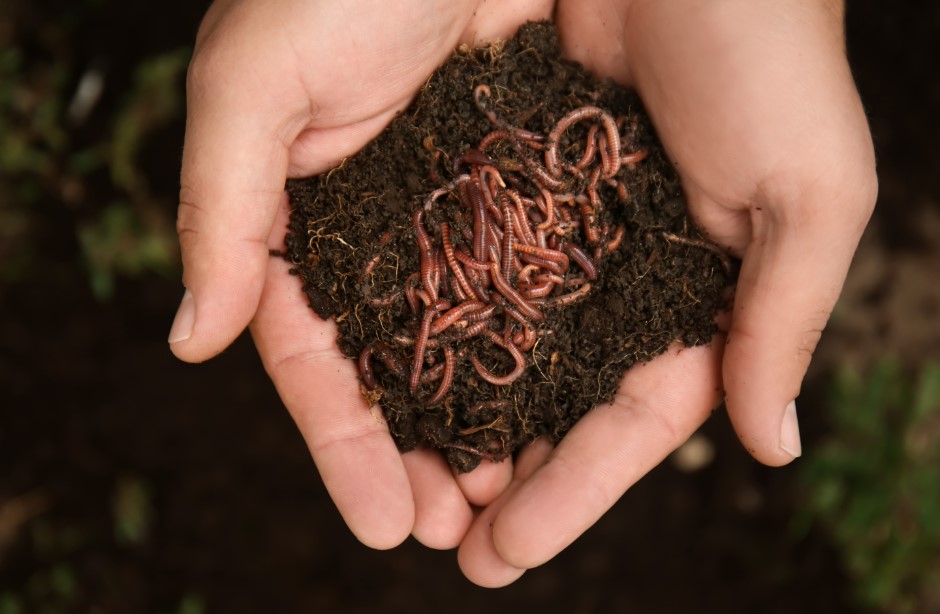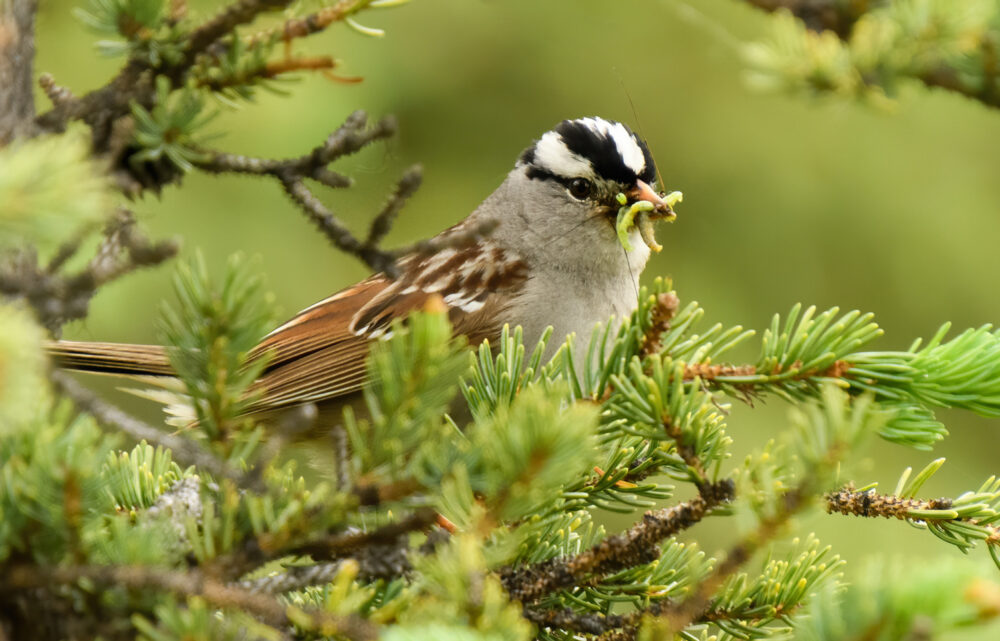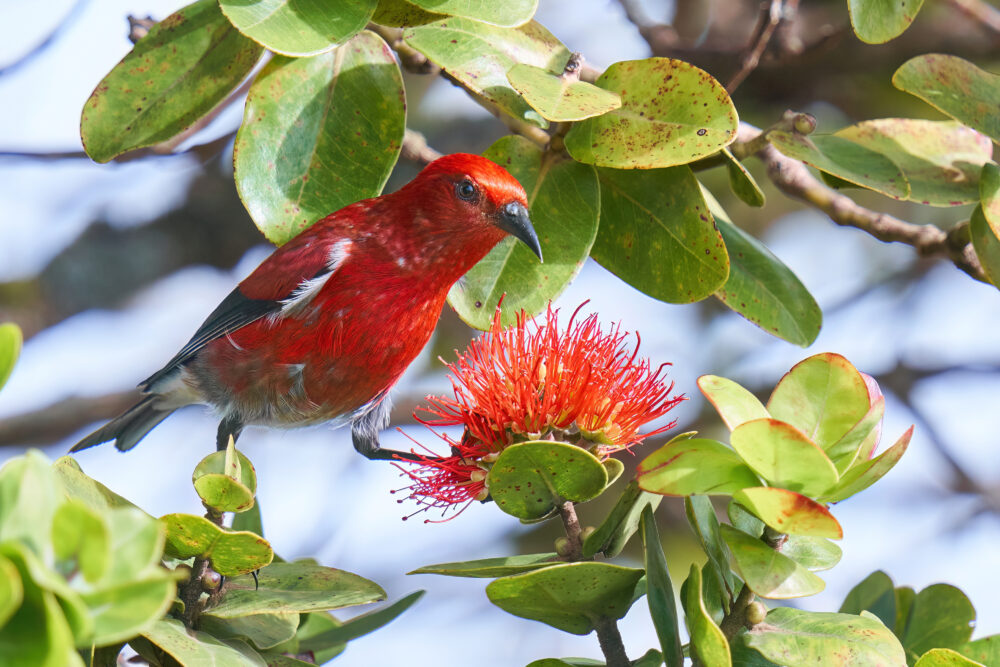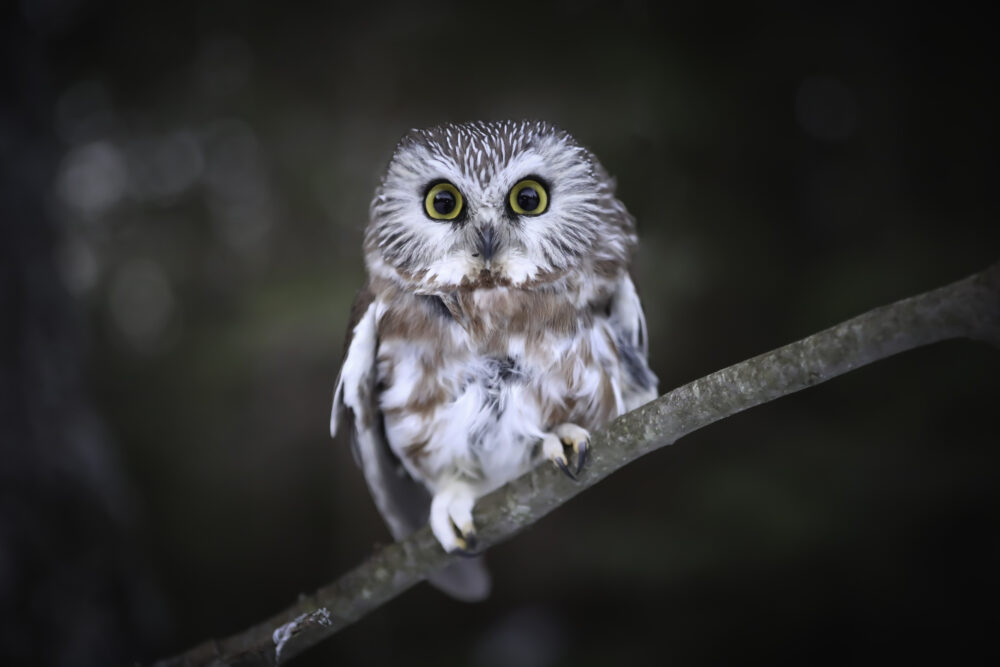We have much more to do and your continued support is needed now more than ever.
Should You Be Scared of These Three Creepy Creatures?
On Halloween, we take delight in things that are scary, gross us out, and make our skin crawl. These three animals may make you squirm, but you don’t need to be afraid.
Spiders
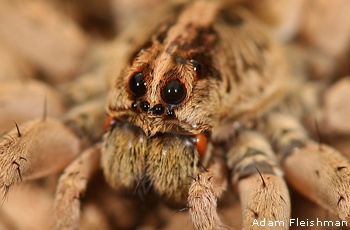
There a ton of myths about spiders out there – including the urban legend that you’ll swallow a few of them in your sleep over the course of your life (which has no factual basis at all). But one of the top fears is spider bites.
There are about 3,000 spider species are found in North America and only 2% have bites that cause illness in humans. The National Safety Council estimates that the odds of dying from a spider bite are 1 in 38 million.
The black widow, brown recluse, and hobo spider are three types of venomous spiders that can be harmful, but knowing how to identify them and what to do if bitten will minimize the risk of serious effects.
The truth is, most spiders are not dangerous and they do us a huge favor by keeping insect populations under control. Also, scientists studying spider venom think it could lead to new advances in treating heart conditions.
Snakes
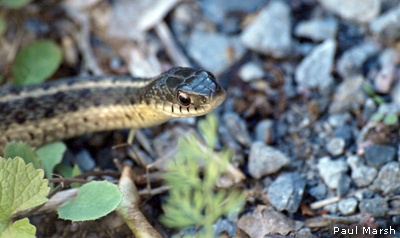
Two big fears people have when it comes to snakes are getting bitten and contracting a disease from them. About 8,000 venomous snake bites happen each year, but only 1.5% of those are fatal. Knowing the venomous snakes that live in your area and places you might find them outdoors can help you avoid surprising one.
Snakes and other reptiles can carry salmonella, even reptiles like turtles and lizards that people keep as pets. But prevention is easy — always wash your hands with running water and soap after coming into contact with a reptile.
Both an important predator and food source in their ecosystem snakes help us by limiting pest populations. Like spider venom, snake venom is also being studied for possible use in medicine.
Scorpions
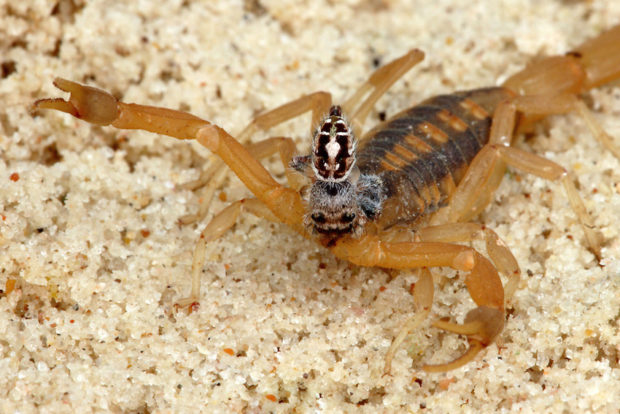
Are scorpions aggressive animals waiting in the shadows for the opportunity to deliver a life-threatening sting to humans? Not really.
Scorpions are actually shy and only sting humans if they feel threatened. They’re nocturnal and during the day will rest in burrows, under woodpiles, rocks or other small, dark spaces.
In areas where they are common, like the southwestern United States, people can prevent scorpions from wandering into their homes by sealing cracks, moving woodpiles and yard trash away from the house, and using screens on doors and windows.
Scorpion venom is meant to paralyze or kill their prey, which usually consists of insects, though larger scorpions can eat small lizards, snakes, and mice. Roughly 70 species of scorpions live in the United States but only one, the bark scorpion, is potentially fatal to humans. Even in the case of the bark scorpion, death from a scorpion sting is very rare and there are anti-venoms available for serious cases.
Some neat facts about scorpions:
- They “glow in the dark” under a black (UV) light
- Scorpions have been around for more than 400 million years
- By eating insects, they help with pest control. And scorpions eat one of the things that creeps me out the most – cockroaches!
While there’s no need to fear these critters, we should always treat wildlife with caution and keep a respectful distance.
More Halloween Fun:
- Crows, ravens, owls and vultures: Nature’s creepiest birds?
- Get your “scary” animal fix, from vampires to zombie ants.
- Take a peek at a “spooky” animal photo gallery … if you dare!
- A truly scary Halloween story: Bats Are In Trouble
- Scary how beneficial these are! 5 Spook-tacular Animals to Welcome to Your Garden this Halloween
- Halloween roundup: Get fun outdoor kids’ activities and more.













